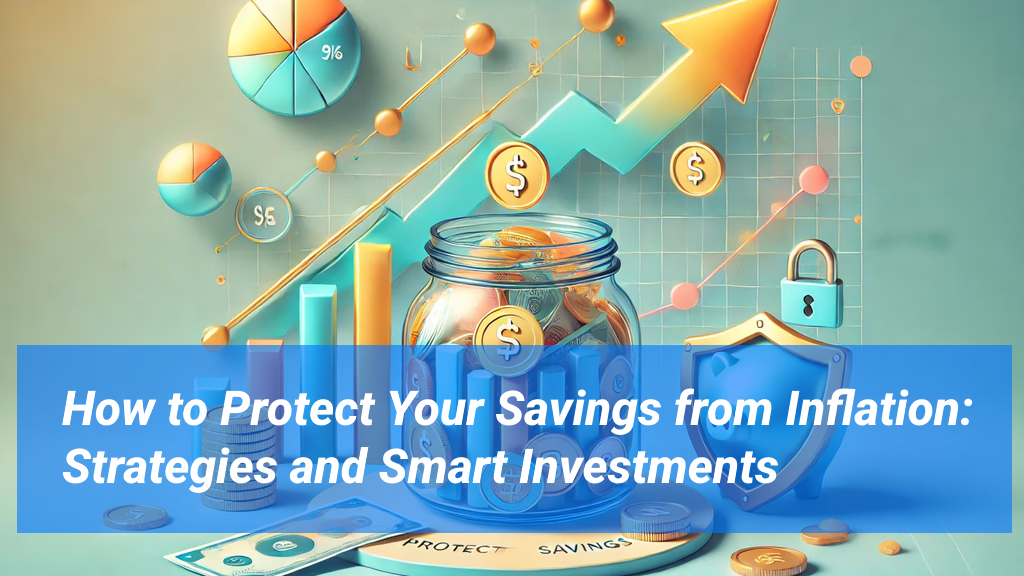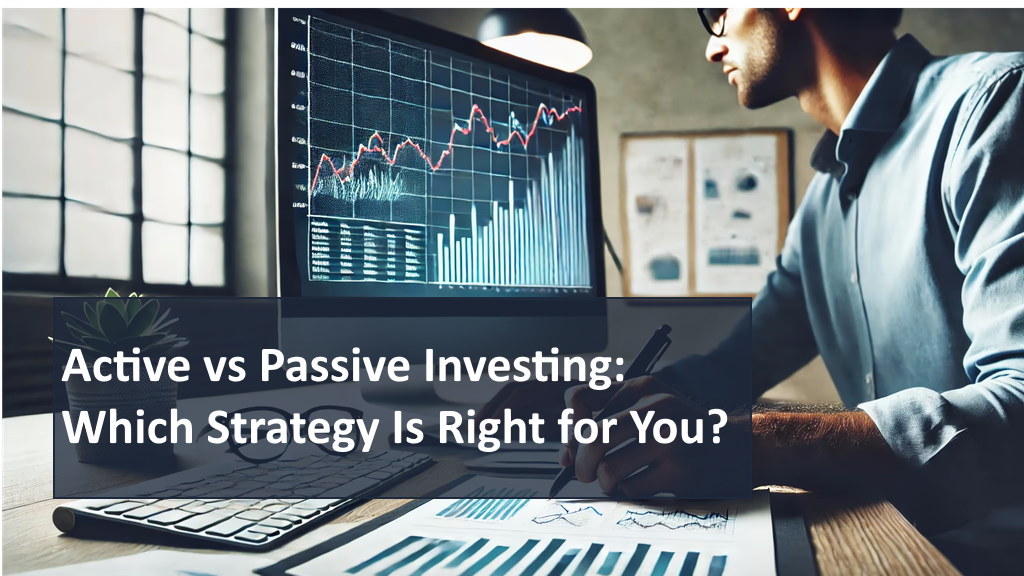Guide to Integrating Diversified Financial Strategies
When thinking about financial investments, most people consider the traditional options: stocks, bonds, or investment funds that contain them.
However, there are other forms of investment—alternative investments—that involve a wide range of asset classes.
These include cryptocurrencies, luxury watches, classic cars, vintage liquors, and much more.
These types of investments are often perceived as being “for the wealthy,” and many people believe they can get rich through them—perhaps even easily and effortlessly.
But is that really the case?
In this article, we will explore what alternative investments are, why they are so popular, how much they can yield, and when it makes sense to invest in them.
Let’s get started!
1. What Are Alternative Investments?
Alternative investments represent a highly diverse asset class distinct from traditional options such as stocks, bonds, and bank deposits.
Any investment that does not fall into these categories is considered an alternative investment.
Here are some examples:
- Commodities: Investments in natural resources such as gold, oil, silver, and other raw materials. Investors can invest directly by purchasing physical commodities or indirectly through funds, ETFs, ETCs, or derivatives.
- Private Equity: Investments in companies that are not publicly traded. Private equity investors (usually professionals) buy shares in these companies, contributing to their growth and development with the goal of selling them later at a higher price, sometimes by helping them go public.
- Hedge Funds: These are typically U.S.-based funds reserved for high-net-worth investors (with a minimum investment of $100,000). They employ complex and diversified investment strategies to maximize returns, regardless of market conditions.
Hedge funds invest in a wide range of assets and often use short selling (betting against a stock) or margin trading (borrowing money to buy assets) to enhance returns—though this significantly increases risk.
- Collectibles: This includes investments in luxury watches, fine art, wine, vintage cars, and other assets with collectible value.
- Cryptocurrencies: Digital or virtual currencies that, unlike traditional currencies (such as the euro or the dollar), are not controlled by any single entity or government. Most cryptocurrencies operate on blockchain technology—a public, secure, and immutable digital ledger. The most well-known cryptocurrencies are Bitcoin and Ethereum.
As you can see, “alternative investments” is a broad category that includes vastly different assets, some of which even overlap with traditional finance.
Characteristics of Alternative Investments
But what do these various investments have in common? Here are some key features:
Low Correlation with Traditional Asset Classes
Most alternative investments operate in separate markets, meaning they tend to have low correlation with traditional financial assets.
To put it simply, whether the stock market rises or falls has little effect on the value of your stamp collection.
This means that during stock market downturns, some alternative investments may perform well, improving overall portfolio returns.
On the flip side, when the stock market is booming, these investments may stagnate or even lose value.
One notable exception is cryptocurrencies, which—since 2017—have shown a strong correlation with stock markets, experiencing much sharper price swings.
High Entry Costs and Barriers
Many alternative investments require a significant upfront capital commitment or are accessible only through specialized channels, making them less suitable for the average investor.
This applies to most collectible investments.
If you want to buy a vintage car or a Rolex, you need to find the best authorized dealers, navigate long waiting lists, and have a substantial budget.
Even cryptocurrencies—despite now being available through ETFs and ETNs—remain out of reach for many investors, especially those without basic tech knowledge or the ability to open an account on an exchange like Coinbase.
Complexity
Some alternative investments are far more complex than traditional investments.
This is particularly true for Hedge Funds and Private Equity.
Understanding the holdings of a hedge fund or objectively valuing a private company is extremely difficult.
For this reason, these types of investments are generally not suitable for small retail investors.
Regulation and Transparency
Alternative investments are often less regulated than traditional investments since they are not typically traded on public and regulated markets.
As a result, they offer fewer protections and less transparency for investors, who must be extremely diligent in assessing and managing risk—especially in the case of potential scams.
I have deliberately described these investments in a strict and somewhat discouraging manner because they tend to be highly appealing to inexperienced investors—sometimes excessively so.
In the next section, we will explore why these investments are so popular.
2. Why Are Alternative Investments So Attractive?
Professional investors appreciate alternative investments for their potential diversification benefits.
They seek to reduce dependence on traditional market fluctuations.
However, this is not the main reason why “regular” investors are drawn to them.
The primary reason investors love alternative investments is… the potential for high returns.
Bitcoin, for example, has been a hot topic for years, rising from a few cents to its current value of around $64,000 (as of late June 2024).

This kind of return excites a lot of people.
Especially those who feel trapped in a life that doesn’t feel like their own and dream of striking it big so they can quit their jobs and dedicate themselves to what they truly love.
Without even mentioning +10,000% gains (which, by the way, are almost impossible to replicate), most people probably know a friend or a cousin who got lucky with some alternative investment and made sure everyone around them knew about it.
But there are also many other friends and cousins who got into the wrong alternative investment at the wrong time and ended up losing their entire capital—down to the last cent.
They usually avoid the topic and prefer to let it fade into oblivion.
Honestly, though, I don’t think it’s just about returns.
Many traditional assets have delivered exceptional returns over the years.
Take Berkshire Hathaway, the company of the legendary Warren Buffett, or more recently, Nvidia, which has multiplied its value by 300 times in the last 10 years.
These kinds of returns are more than enough to retire comfortably, even with a relatively modest initial investment, yet publicly traded stocks don’t seem to generate the same level of excitement.
And this is where another key factor in the appeal of alternative investments comes into play: prestige.
Saying you have a well-diversified ETF portfolio isn’t exactly exciting—you’re unlikely to be the most envied person at the family Christmas dinner.
But if you own a collection of Rolex watches, that’s a whole different story.
Not just because of the value of the collection itself, but because of everything it represents.
For some people, the prestige factor is so strong that it justifies allocating a significant portion of their wealth to alternative investments—even though, in this case, it would be more accurate to call them expenses rather than investments.
A Rolex may appreciate in value over time, but if that’s not the primary reason it was purchased, calling it an investment is misleading.
If the price of the watch were to drop to zero and you were still happy and satisfied wearing it, then you would have made a terrible investment—but a great purchase.
One final reason, closely tied to the two mentioned above, is the belief that these investments create wealth simply because wealthy people tend to own them.
In reality, the ultra-rich achieved their financial status primarily through investments in stock markets (or by being entrepreneurs in companies that later went public) or real estate.
These alternative investments make up only about 5% of their total wealth.

The path they took was the opposite: FIRST, they became wealthy, THEN they started investing in alternative assets.
And this brings us to the crucial question.
Are Alternative Investments Really a Good Investment?
We have already established that the wealthy and ultra-wealthy made their money through other means and that alternative investments are more of a luxury.
However, an asset like Bitcoin has delivered astronomical returns, as you have seen above.
So, is the truth somewhere in the middle?
No.
Bitcoin is more of an exception that proves the rule rather than the rule itself.
Even within the crypto world, aside from Bitcoin, Ethereum, and a few others, most cryptocurrencies have gone to zero or close to it.
Anyone who is not deeply knowledgeable about the asset they are collecting is always at the mercy of scammers or simply seasoned experts who know when to buy or sell at a price that is highly favorable—for them.
Even hedge funds, the crème de la crème of the financial world, tend to underperform when compared to a simple ETF tracking a well-diversified index like the S&P 500.
One of the clearest examples was Warren Buffett’s 2007 bet. He offered $1 million to anyone who could identify five hedge funds that would outperform the S&P 500 over the next ten years.
Ted Seides, a hedge fund manager, took on the challenge and selected the five best funds.
By the end of 2017, the results were in: the ETF chosen by Buffett had significantly outperformed the hedge fund portfolio, delivering more than three times the return (7.1% vs. 2.2%), with one of the hedge funds even shutting down in the meantime.
Despite their perceived appeal, alternative investments often fail to deliver the high returns many expect. However, there are still ways to incorporate them into your financial strategy.
When and How to Diversify with Alternative Investments
When building a long-term investment portfolio, equities—especially well-diversified equity ETFs—should play a central role.
However, long-term investors must be prepared for all economic cycles, including periods when stock investments decline or produce minimal returns.
In such cases, it is crucial to have other assets that can support the portfolio while equities take a breather.
Bonds are one option.
But you can further diversify with two alternative investments:
Gold and Commodities.
There is no need to buy physical gold or store barrels of oil in your garage.
Financial instruments like ETFs and ETCs allow you to gain exposure to these assets without physically holding them.
Small allocations of gold and commodities (5-10%) can play a vital role in a well-diversified portfolio.
Commodities tend to perform particularly well when inflation rises, as seen in 2022.
Gold, on the other hand, typically does well during periods of geopolitical uncertainty (such as today) or when stock markets are in decline.
Think of them as spices.
On their own, they do not constitute a solid investment strategy, but when mixed wisely with other assets, they can create a resilient portfolio.
Are There Other Alternative Investments Worth Considering?
Hedge funds and private equity can be ruled out immediately due to their complexity and the significant capital required to diversify adequately.
Major cryptocurrencies may have a place in a portfolio, but more as speculative assets and only in small proportions (5% or less).
So far, they tend to perform well when stock markets rise but fall much more steeply when markets decline.
Unfortunately, it is not just a matter of volatility. There is no guarantee that this correlation will hold in the future. If, for any reason, even Bitcoin’s most dedicated supporters were to lose faith in its store-of-value function, the downside could be substantial.
As for other collectible alternative investments, they can be excluded from a solid investment strategy.
The only two exceptions, as mentioned earlier, are:
- When they are purchased for personal enjoyment or prestige, making them an expense rather than an investment.
- When the investor is an insider or actively studying to become one, effectively turning the buying and selling of these assets into a part-time or full-time job.
In all other cases, leaving them out will not prevent you from becoming wealthy.
With this, we have covered everything you need to know about alternative investments.
If you enjoy this topic and don’t want to miss similar articles, make sure to add Puzoy.com to your list of favorite websites.
READ MORE –






